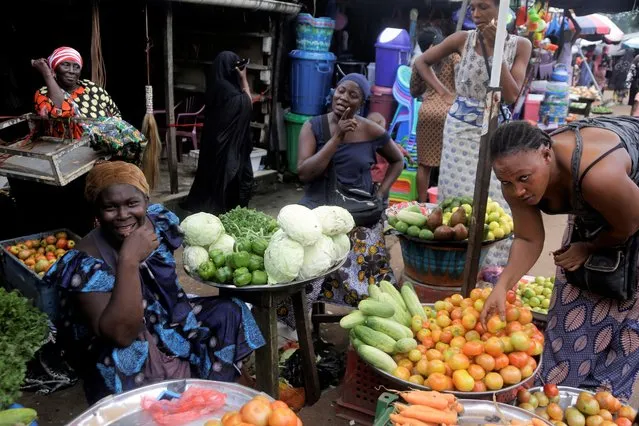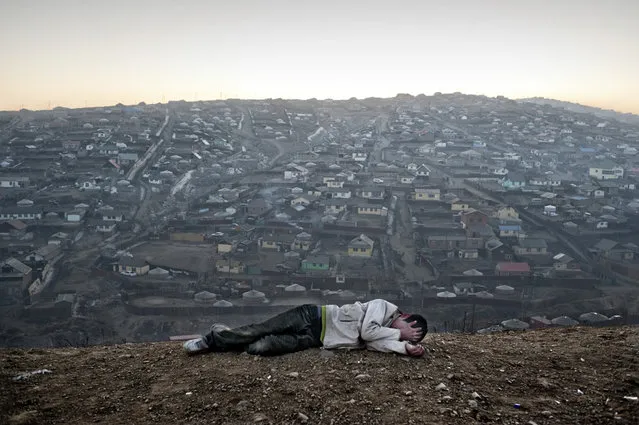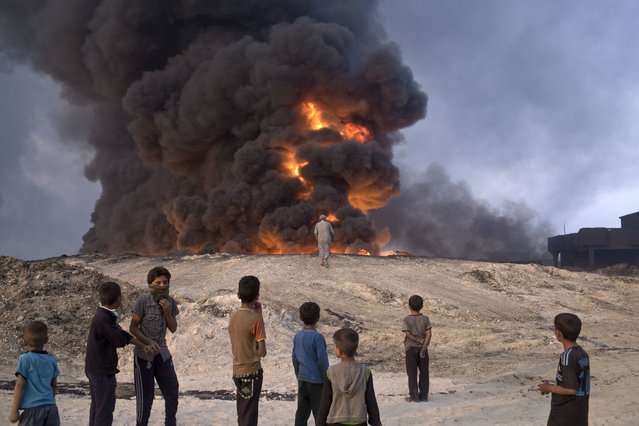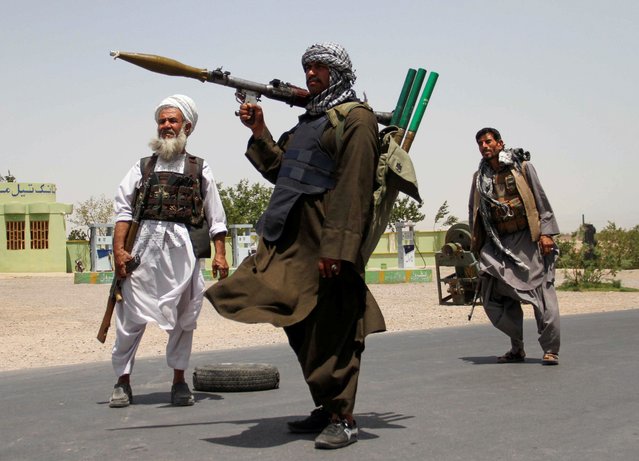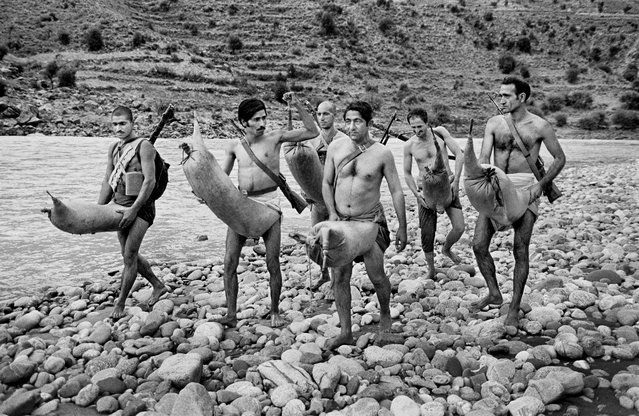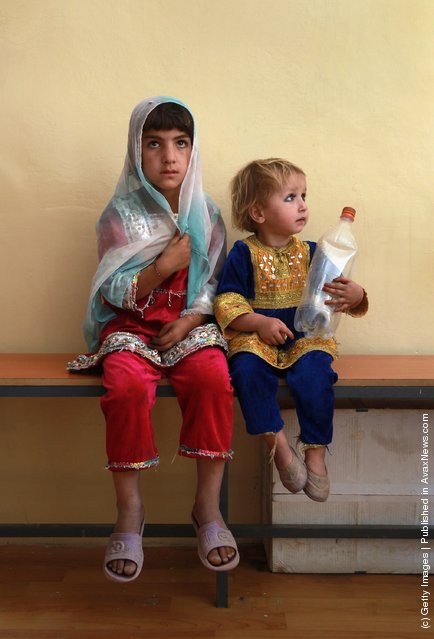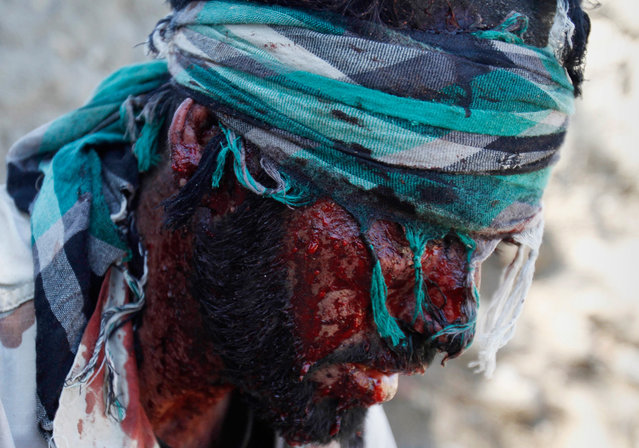
A wounded member of the Afghan police reaction force waits for treatment in Alingar, Laghman province, on April 30, 2012. A bomb exploded next to opium poppy fields during a poppy eradication campaign in, wounding two Afghan policemen, police officials said. (AP Photo/Rahmat Gul)
06 May 2012 12:10:00,post received
0 comments

